What should you say to a climate change skeptic?
- Share via
We’ve all been there: The perfectly innocuous conversation you’ve been having at a friend’s party or your kid’s soccer game devolves into an argument about climate change. Suddenly, you realize you’re talking to a climate change skeptic.
You want to help your acquaintances see the light. But how?
We asked climate scientists and communicators how to have constructive discussions about climate change. They offered both general advice about how to engage and specific information to rebut doubters’ claims.
Start by looking for common ground. We all depend on the same planet for our survival, and all of us want a good outcome, said Richard Alley, a geoscientist at Penn State University who studies abrupt changes in the climate.
Also, recognize that there’s a grain of truth in most of the arguments put out by climate skeptics — or at least an intriguing question that climate scientists have considered at some point. Acknowledging the merits of these ideas often leads to more productive discussions, said Gavin Schmidt, director of NASA’s Goddard Institute for Space Studies in New York.
Read on and you’ll be ready when the next unexpected debate comes your way.
Beware of cherry-picking
In many cases, so-called evidence against climate change is drawn from a zoomed-in picture, like data taken from a short time period or a single geographical location. It’s not that the information is wrong — it may just be taken out of context.
Climate scientists emphasize the need to look at global data over long periods to understand it in context and see larger trends. For example, it’s easy to pick an exceptionally hot year — like 1998 — and point out that the average global temperature was only 0.1° Celsius warmer than in 2008, a relatively cool one. But all this example shows is that there are fluctuations from year to year.
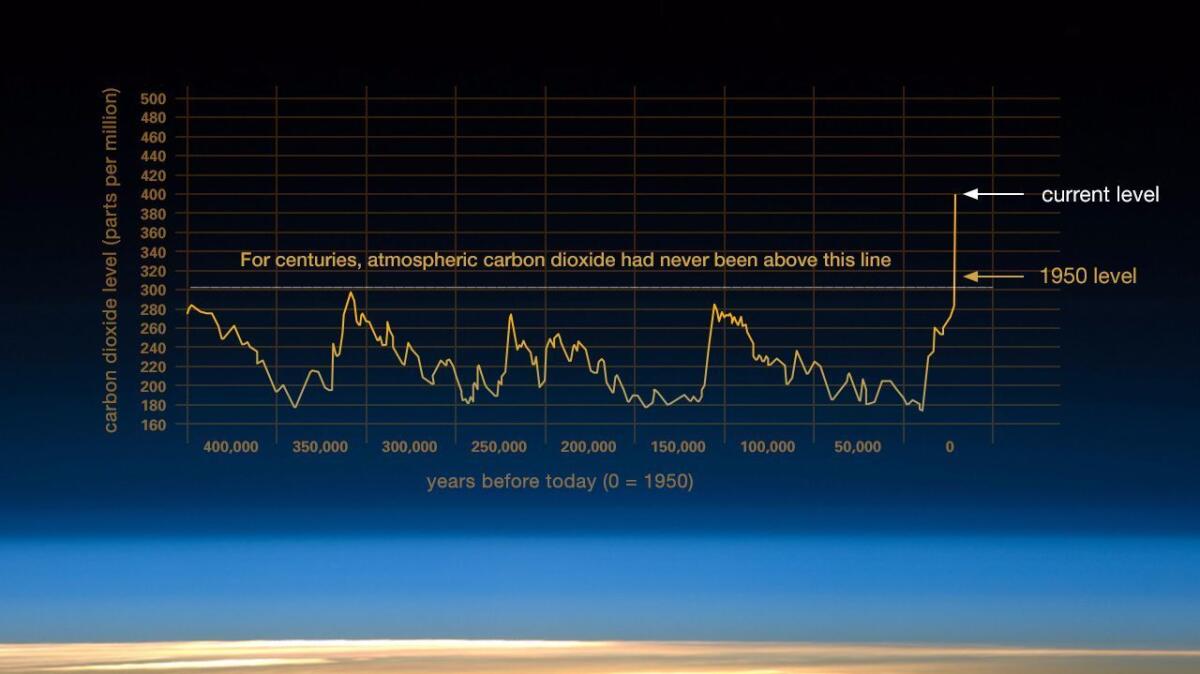
What really matters, climate scientists say, is that the global average temperature is on a rising trend. NOAA’s 2016 climate report shows that every year since 1977 has been warmer than the 20th century average. This means the Earth is retaining more heat over time.
Always ask skeptics about the data their argument is based on. If it’s from an isolated location or a small chunk of time, it may not be representative of the bigger picture.
Greenhouse gases are the key
When looking for something to blame for rising temperatures, skeptics tend to focus on natural factors that can shift over time, such as the intensity of the sun, the amount of volcanic activity or changes in Earth’s orbit. They may even acknowledge the role of certain man-made pollutants like ozone or aerosols.
But all of these factors are dwarfed by the impact of greenhouse gases.
When we burn fossil fuels in cars, planes and power plants, the hydrocarbon molecules in the fuel break down to produce carbon dioxide and water. Both are then released into the atmosphere.
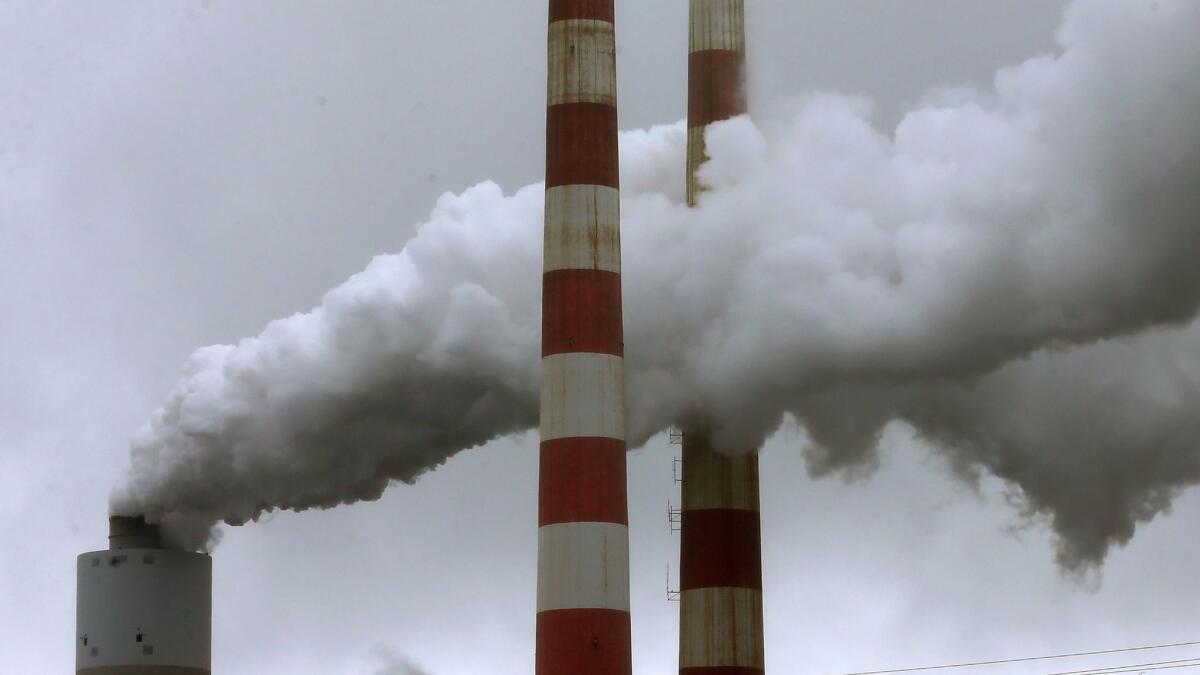
Carbon dioxide (CO2) and some other small molecules, such as methane (CH4) and nitrous oxides (NOx), are known as greenhouse gases because they absorb and trap light from the sun as well as infrared radiation coming from the Earth’s surface. Both are converted into heat by these gases that warms the air — much like a greenhouse does.
Carbon dioxide is the most important greenhouse gas by far, Alley said. Every time the climate has changed in ways that scientists can measure, carbon dioxide has had something to do with it, he said.
The NASA Goddard Institute for Space Studies in New York modeled the impact of a variety of natural and industrial factors on global temperature. They found that only carbon dioxide levels predicted the temperature increase we’ve seen in recent decades. This visualization from Bloomberg makes it easy to see.
Methane and nitrous oxides actually have more powerful greenhouse effects than carbon dioxide — but carbon dioxide has a larger overall influence because we’re releasing so much more of it. According to the Environmental Protection Agency, carbon dioxide accounted for 82% of all greenhouse gas emissions in 2015.
Humans are responsible for the surge in carbon dioxide
Where did all that carbon dioxide come from? When looking at the concentrations of CO2 over time, “nothing interesting happened until we started burning coal,” Schmidt said.
That’s when atmospheric CO2 really picked up — and it’s increased exponentially ever since.
According to data compiled by the Goddard Institute, carbon dioxide was at an atmospheric concentration of 291 parts per million in 1880. It had risen to 311 ppm by 1950 and to 370 ppm by 2000. NOAA’s reported global annual average reached 402 ppm in 2016.
Climate change skeptics often point out that volcanic eruptions and decaying plants also send carbon dioxide into the atmosphere. But multiple studies have shown that human activity produces at least 60 times more carbon dioxide than volcanoes do each year. And while it’s true that plants produce more carbon dioxide than humans, they clean up after themselves — and even pick up some of our slack.
This is one reason the concentration of carbon dioxide in the atmosphere is higher in the winter than in the summer. Plants come with their own carbon sinks – they produce carbon dioxide when they die and decay, but new plants also absorb it from the air as they grow.
You can’t blame warming on the sun
Climate change deniers say the sun is the obvious source of the planet’s heat. After all, it’s constantly bathing us in 173,000 terawatts of energy. That’s about 10,000 times more than enough to meet the entire world’s annual energy needs.
But solar activity has actually decreased since 1950, experts said. This means that if nothing else had changed, we would be experiencing a cooling cycle right now.
Solar energy output varies slightly over an 11-year cycle, and that does have an effect on temperature. But these effects are much clearer in the stratosphere than in the lower atmosphere, Schmidt said, and the solar cycle doesn’t significantly affect surface temperatures on Earth.
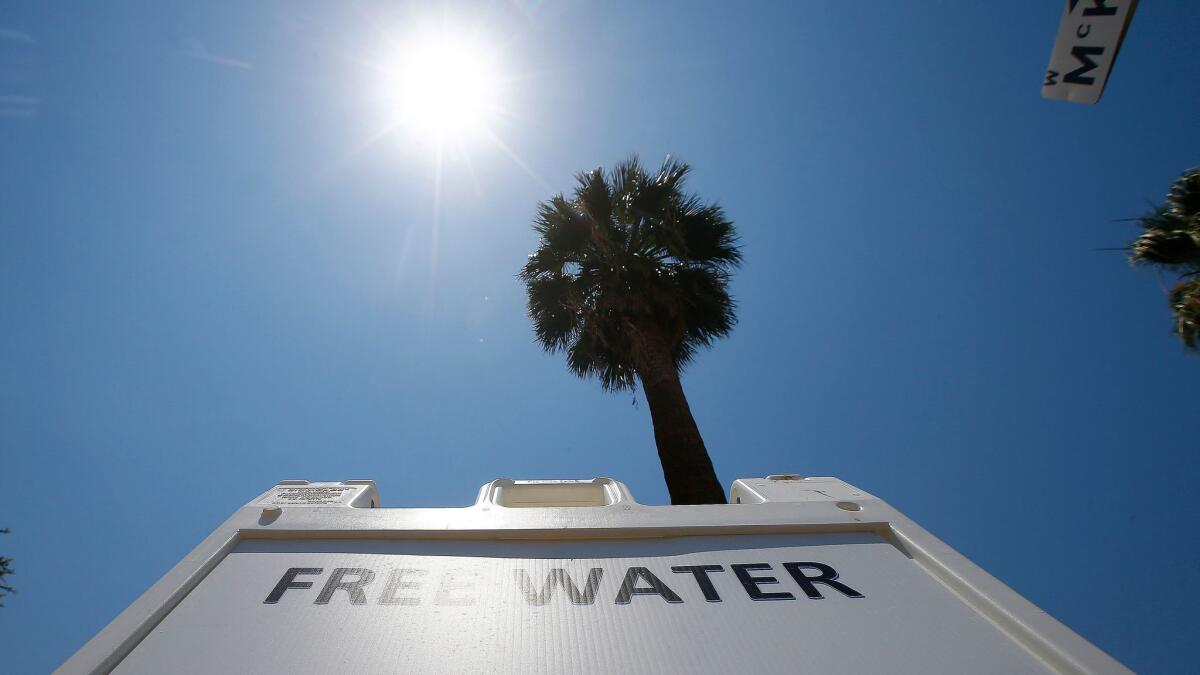
Typically, solar activity and temperature move together: When one rises, the other does too. So when we see solar activity and temperature moving in opposite directions, as has happened recently, we know that something else is going on.
Other factors are also encouraging cooling right now, several experts said, including an increase in reflective aerosols like sulfates and nitrates in the atmosphere. These block some heat from reaching the Earth’s surface.
If not for these cooling influences, our planet would be warming even more rapidly.
This is not a normal part of a natural cycle
Climate change has occurred naturally in the past. But that doesn’t mean natural causes are responsible this time.
Alley pointed out the logical flaw in this oft-repeated argument: It’s like saying that since wildfires sometimes begin with natural events like lightning strikes they can never be caused by a wayward campfire.
The climate doesn’t change unless it’s forced to change. And during the 20th century, there weren’t any natural events powerful enough to account for the changes scientists are documenting.
“Human fingerprints are all over this,” said John Cook, a cognitive scientist who studies beliefs about climate change at
And just because the climate has changed before doesn’t mean we want it to happen again — especially this quickly. In the past, rapid changes were usually pretty hard on living creatures that didn’t have enough time to adapt to their new conditions. That doesn’t bode well for us.
Don’t be fooled by Antarctic sea ice
For a several years in the early part of the decade, the amount of sea ice extending from Antarctica set new records, peaking at 7.72 million square miles (an area more than twice as large as the United States).
Climate change skeptics say this is inconsistent with a warming planet. But they ignore the fact that the vast majority of sea ice is decreasing. (Remember the warning about cherry-picking?) Even in Antarctica, it has been losing ground rapidly since 2014 and has now sunk to a record low.
Arctic sea ice hasn’t varied as widely in recent years. According to a report released in 2014 by the U.S. National Academy of Sciences and the Royal Society in London, the yearly minimum Arctic sea ice extent in the summer has decreased by 40% since 1978. This could be the least icy the Arctic has been in almost 1,500 years, the report noted. Some researchers say that Arctic summers could be completely ice-free by 2030.
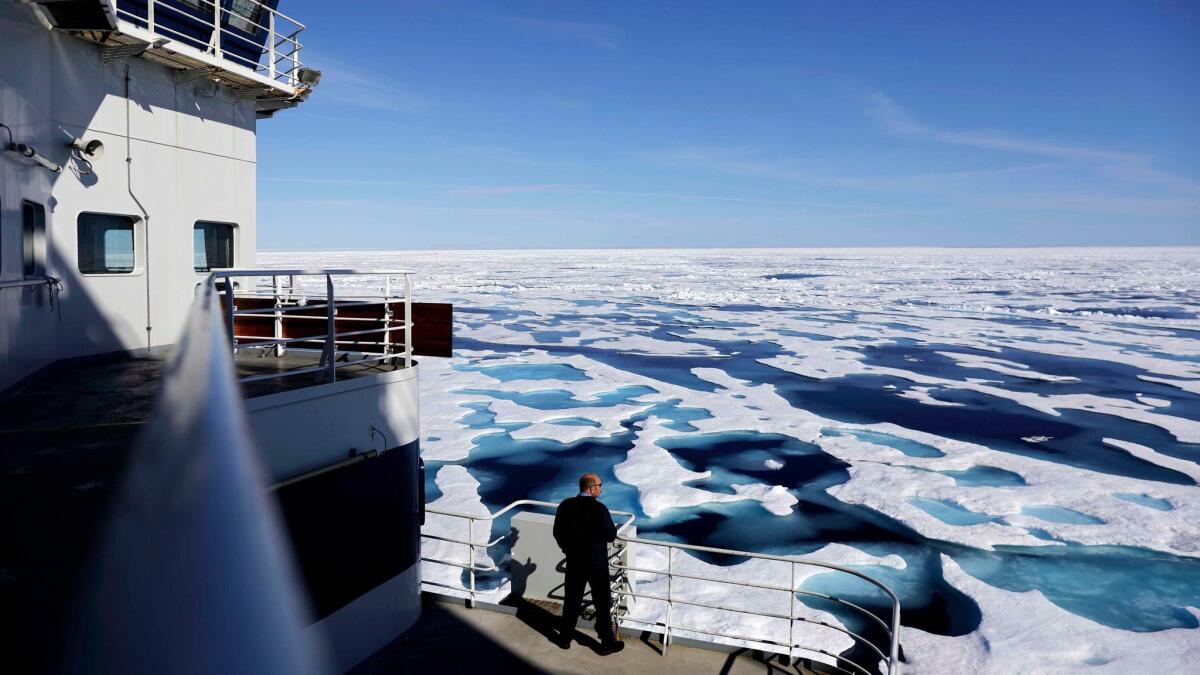
Richard Somerville, a climate scientist who spent many years at the Scripps Institute of Oceanography, points out that sea ice is highly variable.
“It’s not simple — the ice doesn’t just melt when the temperature falls below 32° Fahrenheit,” he said. “It gets blown around by the winds and carried around by the currents, and it gets blown or carried to regions that are either more prone to melting or less prone to melting.”
He likens sea ice trends to the stock market: Although it fluctuates from year to year, the overall trend can be seen when we look at long time periods — and now it’s a downward one. Focusing on short-term changes misses this bigger truth, he said.
The take-home message is that sea ice is complicated, so be careful not to jump to conclusions — in either direction. For example, the collapse of an iceberg that broke off from Antarctica in July has not been definitively tied to climate change.
Recognize that this is a political debate, not a scientific one
Skeptics like to say that scientists don’t agree on climate change, but the truth is that the consensus is overwhelming.
A whopping 97% of climate scientists share the view that climate change is happening now and that human activity is to blame.
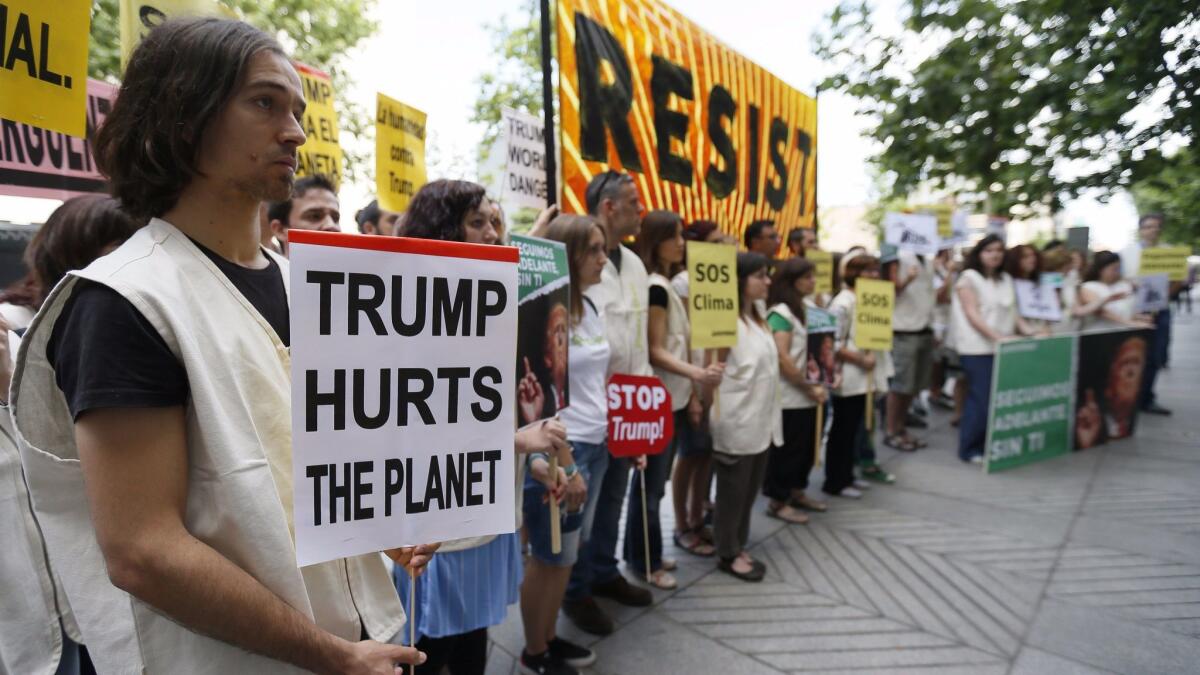
It’s important to understand where science ends and politics begins. To boost your chances for success, make a point of separating the two, Somerville said. Many people are not suspicious of the science, but rather of the consequences associated with climate change.
“There’s no such thing as a Democratic or Republican thermometer,” Somerville said. We can agree on what the science says, even if we have different political ideas, he added.
Understand why people may be misinformed
According to a recent poll conducted by researchers at Yale and George Mason University, only half of the American public realizes that a majority of climate scientists agree on climate change. Only 13% of those polled were aware that the degree of scientific consensus is upwards of 90%.
A number of factors have led to this widespread misunderstanding, Cook said.
First, some industry groups who oppose environmental regulation have made a concerted effort to confuse the public about climate change.
Additionally, media reports tend to include two sides to every story, including those about climate change. But that implies that both sides have equal weight, even when they don’t.
Finally, the sheer volume of climate change information is daunting, and many Americans don’t have the time or energy to sort fact from fiction. “Because there’s so much noise, people tend to disengage,” Cook said.
And finally, know when to cut your losses
As with any contentious issue, you have to realize when you’re talking to someone who just wants to argue.
“If that’s the case, just stop,” Schmidt said.
Twitter: @mirakatherine
MORE IN SCIENCE
The scent of plastic trash makes fish think it's food, new study finds
This odd-looking creature may be the ‘missing link’ in dinosaur evolution
Drink to your health? It depends on how much drinking you do, study shows



